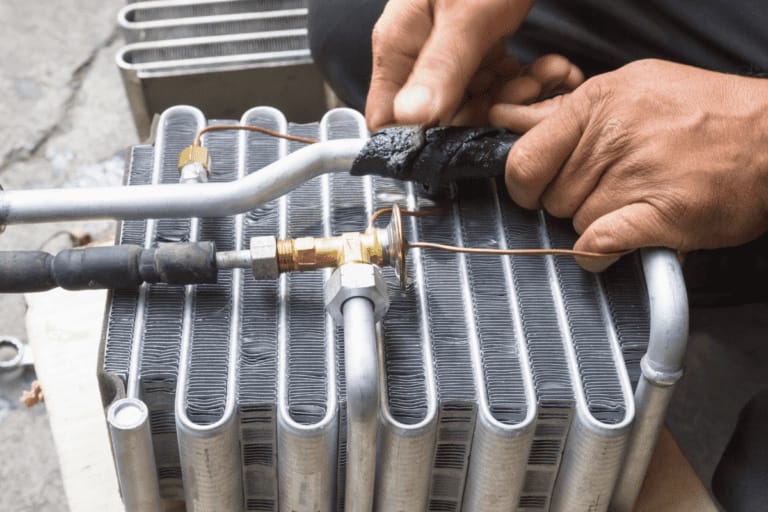
One of the best ways to minimize production downtime and control equipment repair costs is to be attentive to preventative maintenance. Winterization is one of the most important aspects of preventative maintenance for compressed air systems. Simply put, you must be proactive in readying your air compressors to keep performing at an optimal level, even after winter weather arrives.
Tips to Winterize Your Compressed Air System
What can you do so that your compressed air system is winter-ready? Here are a few suggestions from the Engineering Sales Associates (ESA) team.
- Schedule routine inspections. One of the best ways to ensure your air compressor performance during harsh winter weather is to keep it well-serviced year-round. That way, you can be sure that your air compressor enters winter in peak condition, not on the verge of disrepair. Schedule time to inspect your air compressors in spring and fall, then make any necessary repairs.
- Inspect the insulation. Another critical step in the winterization process is inspecting the insulation for any heat leaks. You can do this during those bi-annual inspections we mentioned above. Basically, if heat can escape from your air compressor, there is a higher risk of the unit freezing up.
- Double-check the weatherstripping. During your equipment inspections, you’ll also want to look out for any wear and tear, particularly with the weatherstripping. If the weatherstripping appears worn or damaged, replace it immediately. Also, remember that weatherstripping provides critical insulation during cold winter weather.
- Look out for condensation. When colder weather sets in, your air compressor tanks will be at a higher risk of accumulating moisture, which can potentially freeze. The best way to avoid a freeze is to schedule regular inspections (we recommend at least two or three inspections per week) to see whether your tanks are accumulating condensation.
- Winterize bowls and drains. Something else you can do to winterize your compressed air system is to ensure that the condensate bowls and drains are ready for the changing season. Place heat trace tape on any exposed parts of your drain lines.
- Consider a new heater solution. There are several options to consider as you seek to ensure your lubricants are sufficiently warmed. Pre-heating your lubricants is one option, but if that’s not tenable, you may also wish to consider using ambient heating solutions.
Invest in Preventative Maintenance for Your Compressed Air System
Ultimately, preventative maintenance is a significant strategic investment for several reasons:
- It can decrease your energy bills.
- It optimizes your uptime.
- It reduces the risk of major equipment damage.
- It lowers any potential repair costs.
As you consider preventative maintenance and winterization strategies, consider ESA. Our team has decades of experience working with air compressors, and we are committed to cost-effective maintenance strategies. We’d love to tell you more about the solutions we offer. Contact the ESA team today to discuss air compressor winterization options.
Arthur Pue
Arthur Pue is the President of Engineering Sales Associates. Connect with him on LinkedIn.
